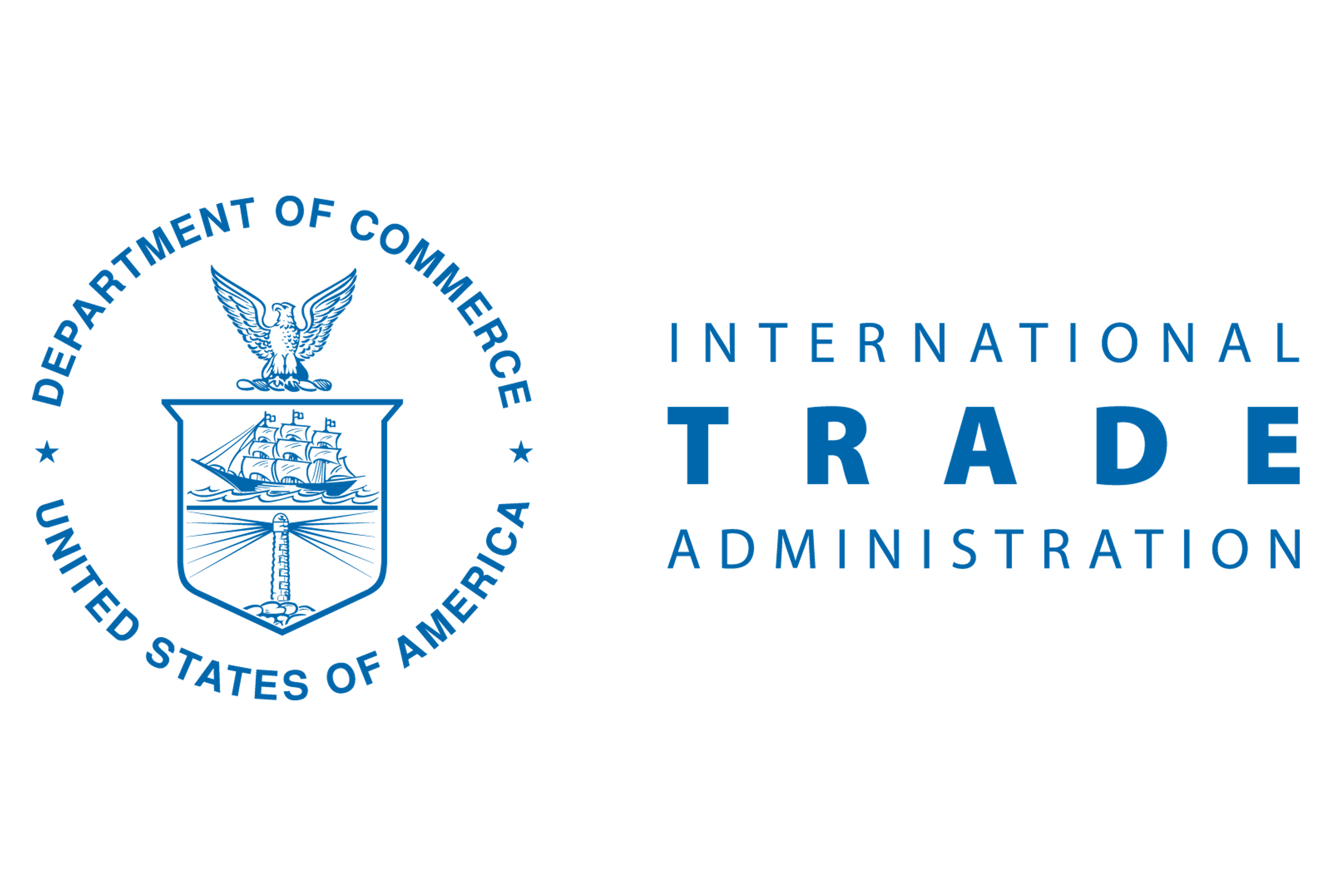Analysis
September 5, 2024
Final thoughts
Written by Michael Cowden
Sheet prices didn’t roar back after Labor Day. But steel market news sure came out of the gate strong (or maybe chaotically is the better way to put it).
First, the nearly $15-billion proposed sale of U.S. Steel to Nippon Steel exploded into the news. And when I say exploded, I mean that all sides seem to be escalating things now.
Here is a quick recap:
- Vice President Kamala Harris signaled her opposition to the deal in a speech on Labor Day in Pittsburgh. Maybe because the polling is close in Pennsylvania and United Steelworkers (USW) votes matter?
- U.S. Steel President and CEO David Burritt then said the company could slash thousands of jobs, close plants, and leave Pittsburgh if the deal doesn’t close.
- Media reports on Wednesday said that President Biden might block the deal on national security concerns.
- Nippon Steel wasn’t having that. The Japanese steelmaker fired back at no less than the The White House: “Nippon Steel strongly believes that the US government must appropriately handle procedures on this matter in accordance with the law.”
- I was starting to wonder why Cleveland-Cliffs had been so quiet. But it’s hard to keep Lourenco Goncalves down. And on Thursday afternoon he was saying that Cliffs stood ready to acquire any union-represented mills that U.S. Steel might shut.
A few thoughts on those points
That’s an interesting thing that Nippon said about legality. Where exactly does the CFIUS process stand now? How might the US government break its own laws? And what would the consequences of that be (if any)?
Let’s not forget that there is a $565-million breakup fee if the U.S. Steel deal is terminated, according to the terms of the merger agreement. Was Nippon trying to get ahead of that one?
Oh, and it might seem like ancient history now. But remember that Nippon Steel just last week promised to invest nearly $3 billion in U.S. Steel’s union-represented mills. That was significant. And I think there were hopes the USW might have had a more positive response.
But the union said basically that a press release isn’t a contract. Recall bad blood over a $1-billion investment initially planned for Mon Valley going to Big River Steel instead several years ago. And around the closure of other union plants over the years. What might help the union turn a new page? Do executive heads have to roll?
Also, Cliffs has publicly thrown its hat back in the ring. Is anyone else considering doing so – but maybe more quietly?
Finally, why is Japan such a target? Big Japanese companies – Honda, for example – have had significant operations in North America for decades. Even investment from Nippon Steel is hardly new. Think AM/NS Calvert and Wheeling-Nippon, as well as I/N Tek and I/N Kote. (The latter before the 2020 sale of ArcelorMittal USA to Cliffs).
Coated AD/CVD case goes big
That would normally be enough news for a month or two. And that’s only one of two big stories this week. The other is a trade case filed by US mills and the USW against coated flat-rolled steel from 10 (!!!) countries.
You might recall initial speculation that the case might be filed against Vietnam. Perhaps a few more countries as well. I didn’t expect a filing as sprawling as the one we got. And I was surprised to see Canada and Mexico, our USMCA partners, targeted along with allies like Australia. Ditto countries such as Brazil and the Netherlands that were already subject to quotas.
And that’s just the latest turn of the screw as far as trade cases go. Over the summer, more stringent Section 232 requirements were announced against Mexico. That followed calls by some in the US steel industry to take the ‘M’ out of USMCA.
What comes next? As Barry Zekelman noted at this year’s Steel Summit, Mexican exports of conduit to the US are up significantly. That’s a big concern for his business. But where is the substrate for that conduit coming from? My understanding is that it’s in no small part from US mills.
To be fair, domestic mills might have been filling the void left by AHMSA. But in this tense trade environment, could Mexico turn around and argue that the US is surging sheet into the Mexican market?
What also strikes me is the speed at which all of this is happening. We’re making changes to trade policy almost overnight in some cases. That’s not new. We saw Trump, at times, overhaul trade policy via tweet and for political considerations not entirely related to steel.
The new wrinkle might be that we seem to be treating foreign investment from allies in the same way. What does Japan think of the circus/political football the Nippon-U.S. Steel deal has become?
A new kind of chaos?
We’ve written a lot in the past about port and supply chain chaos. We’ve generally decided that those problems have faded into the rearview mirror as the initial shocks of the pandemic and Russia’s invasion of Ukraine have passed. But are we unleashing a new round of chaos – this one self-inflicted and exacerbated by election-year politics?
Election-year politicking with steel and trade policy is hardly new. I’m old enough to remember when the Bush administration imposed Section 201 tariffs in the early 2000s. The rumor then was that it was intended to shore up votes in West Virginia, then a purple state whose electoral votes mattered. (West Virginia’s Democratic Senator at the time, Jay Rockefeller, was a big proponent of domestic steel and of Section 201.)
The difference then? The World Trade Organization (WTO) objected to those safeguard measures. And George W. Bush, a Republican president, terminated Section 201 in 2003 as a result. It is hard to see the US backing down now to a foreign interest or a multinational organization. And that’s true, whether we ultimately see a Harris administration or a Trump administration sworn in next year.
Also, I can’t help but wonder what all this means for steel consumers and end users. It can take years to build up supply chains, to certify suppliers – whether foreign or domestic – and to grow constructive relationships. How do you maintain reliable supply chains when the rules of trade are constantly shifting underneath you – and when the landscape of the domestic industry is as well?
Tampa Steel Conference
You knew I was going to pivot to a bit of self-promotion at this point in Final thoughts! Seriously, though, we’ll be discussing trade issues, the election’s results, and more at the Tampa Steel Conference. So mark your calendars for Feb. 2-4, 2025, and register here before everyone else floods in. (Real question: Why does everyone wait until after Thanksgiving?)







